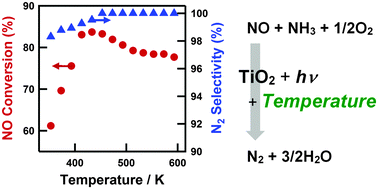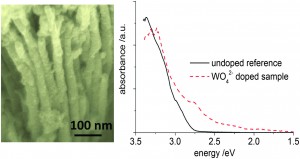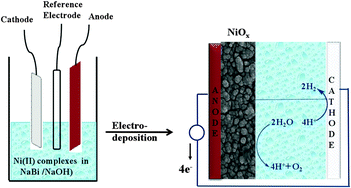Posted on behalf of Shreesha Bhat
Lactic acid is a versatile chemical having wide applications in food, cosmetics and chemical industry. They are generally prepared by acid catalyzed reactions of hexoses and trioses, and one such triose i.e. glycerol has been found to be produced in surplus amounts as byproducts in production of biodiesel. Glycerol offers great potential to be used as a renewable feedstock for the production of various value-added products like lactic acid.
So far, base catalysts have not been explored for this purpose, except for the hydrothermal conversion of glycerol to lactic acid using alkali metal catalysts like NaOH/KOH. This method presents several drawbacks for the industrial synthesis like harsh reaction conditions (excess temperature, excess amount of strong base, etc.) and cost-intensive isolation of soluble alkali metal lactates (excess catalysts) which is highly uneconomical. As a solution to this problem, scientists at Graz University of Technology, Austria have come up with a “green” method for the industrial synthesis of lactic acid by mixing a cocktail of dihydroxyacetone and calcium hydroxide.
The sparingly soluble calcium hydroxide facilitates the easy removal of excess catalyst by simple mechanical filtration making this a highly economical and industrial friendly method. Another component of the cocktail Dihydroxyacetone– is easily obtained by the microbial oxidation of glycerol in high yields, thus reducing the glycerol burden in the biodiesel industry.
The present paper discusses the catalytic effects of various earth metal hydroxides like barium hydroxide, calcium hydroxide and magnesium hydroxide on the lactic acid formation from dihydroxyacetone. The screening studies indicate that calcium hydroxide is highly selective towards formation of lactic acid owing to its chelation properties. The intriguing mechanism of lactic acid formation by alkali earth metal catalysis was investigated by the means of mechanistic and kinetic studies which suggested two major pathways for lactate synthesis. It was found that the temperature differences play an important role in the preference of the reaction to proceed via either pathway. Various other studies like the effect of concentration of catalyst, feed concentration, temperature variations provide a detailed insight into the synthesis of lactic acid from dihydroxyacetone.
The extensive studies done by the Austrian scientists, has not only provided a potential solution to the enigmatic problem of industrial synthesis of lactic acid, but has also provided a way to recycle the surplus glycerol into a high value product like lactic acid.
To know how the green cocktail made its way to become an industrially feasible method for the synthesis of lactic acid, read the article:
Synthesis of lactic acid from dihydroxyacetone: use of alkaline earth-metal hydroxides
Susanne Lux and Matthäus Siebenhofer
Catal. Sci. Technol., 2013, DOI: 10.1039/c3cy20859a












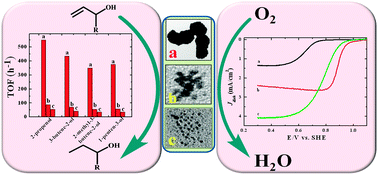 made and characterised ‘peanut-like’ and ‘dendrimer-like’ platinum nanoparticles to compare their performance in the hydrogenation of unsaturated alcohols and, supported on carbon nanotubes, in the oxygen reduction reaction (ORR).
made and characterised ‘peanut-like’ and ‘dendrimer-like’ platinum nanoparticles to compare their performance in the hydrogenation of unsaturated alcohols and, supported on carbon nanotubes, in the oxygen reduction reaction (ORR).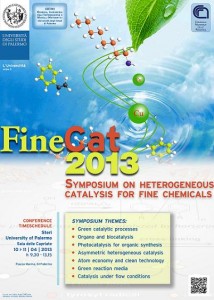
![Highly efficient isocyanate-free microwave-assisted synthesis of [6]-oligourea Highly efficient isocyanate-free microwave-assisted synthesis of [6]-oligourea](https://blogs.rsc.org/cy/files/2013/04/c3cy00117b-300x75.jpg)
